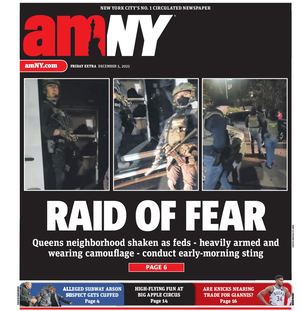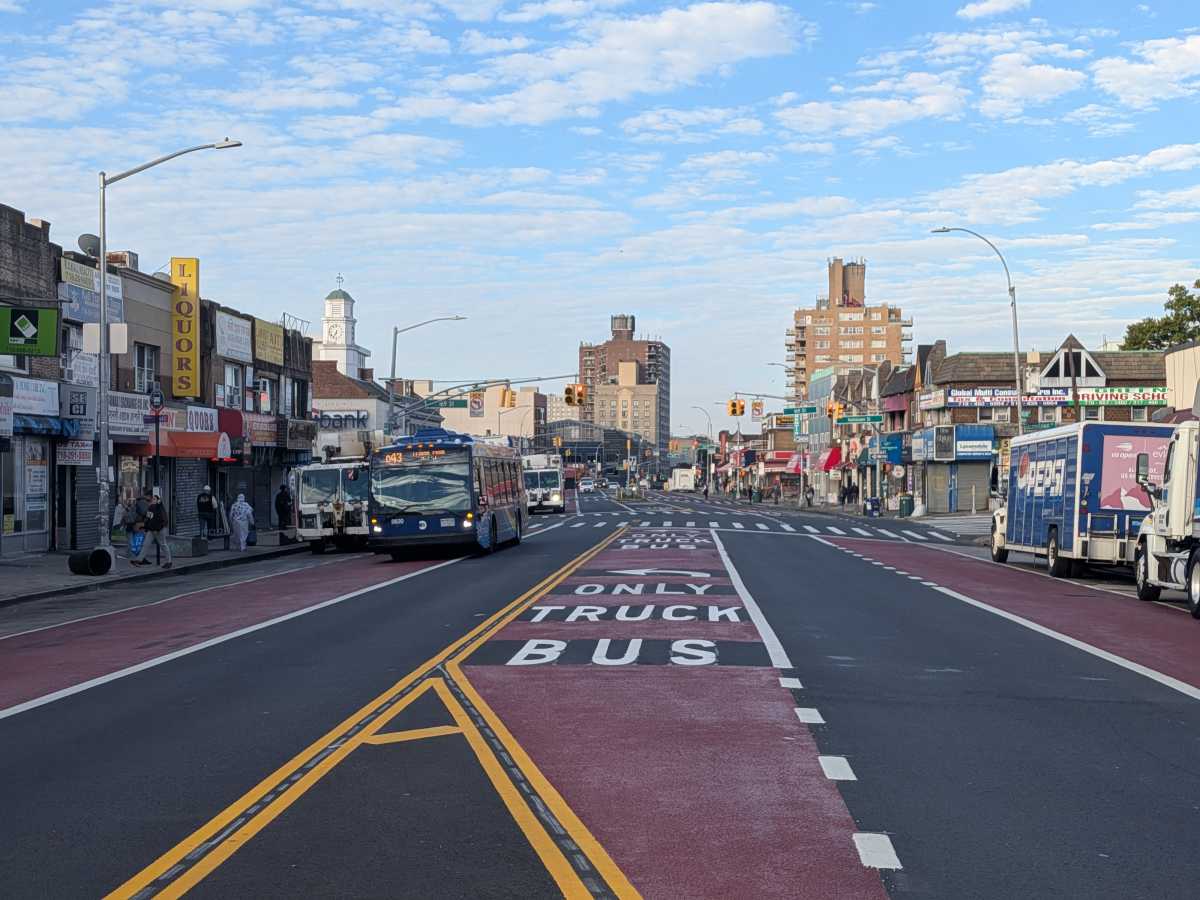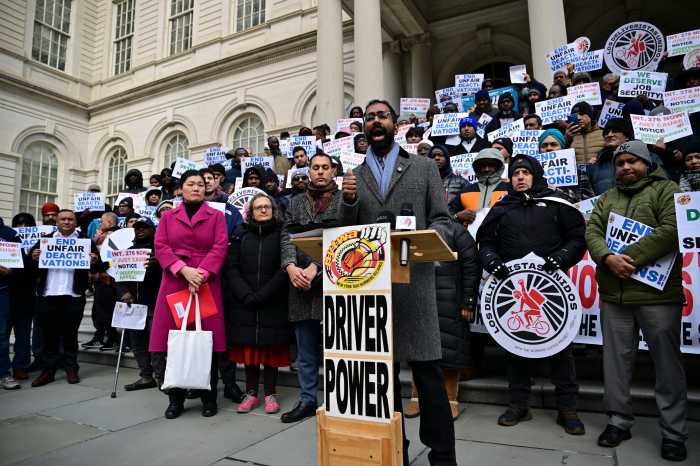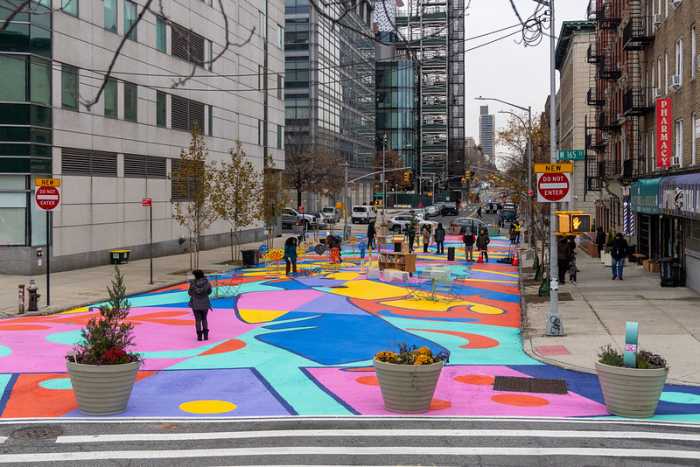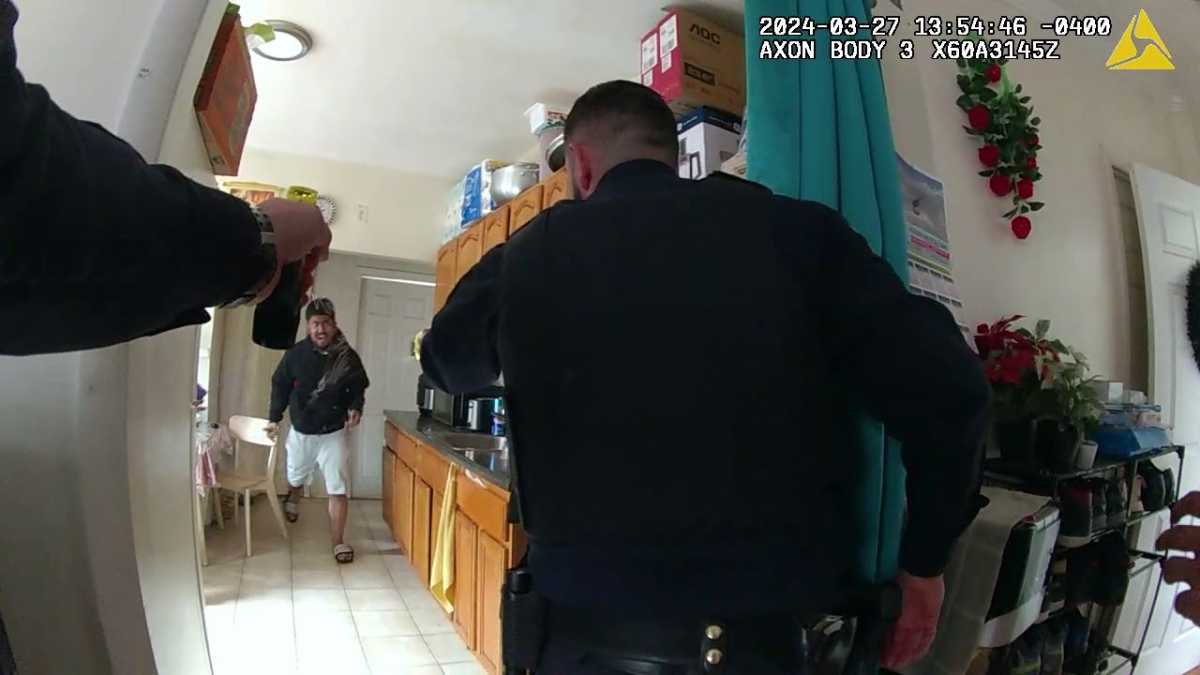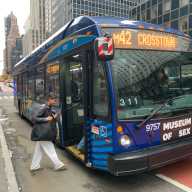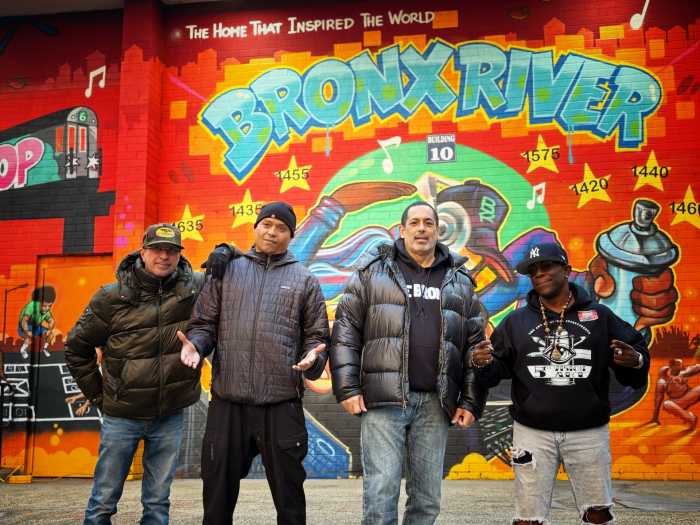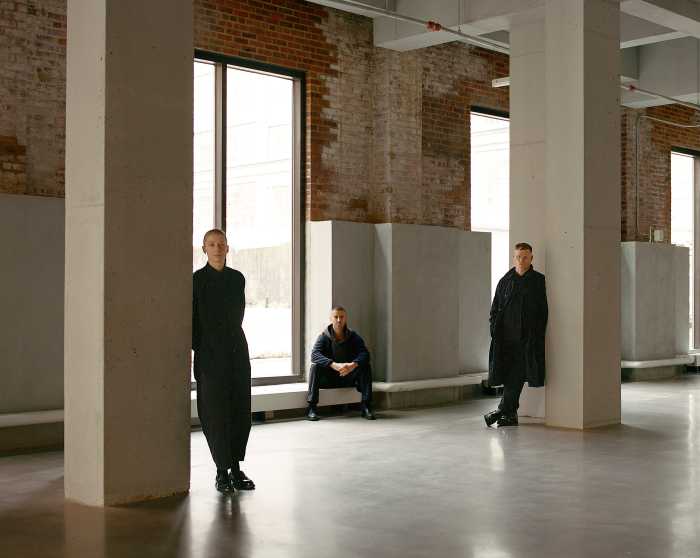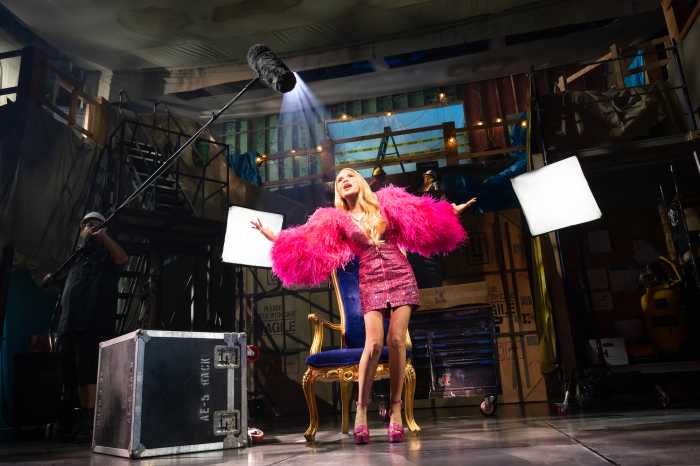Buses will move faster on a major Queens thoroughfare, thanks to the construction of nearly eight new miles of bus lanes, NYC transportation officials announced on Thursday.
Hillside Avenue, from 139th Street to Springfield Boulevard, which runs through several communities including Jamaica and Queens Village, underwent a street redesign that includes the installation of bus lanes and bus turning lanes for the 22 MTA bus routes that use the corridor.
The redesign, conducted by the NYC Department of Transportation (DOT), reduces the number of driving lanes by one in each direction, but includes more than 600 additional parking and loading spaces for local businesses that receive deliveries. Specifically, the new layout has a parking lane on each side of the street, one travel lane for vehicle traffic, one lane for left-turning vehicles, and one lane for bus traffic in each direction.
The DOT says the bus lanes are “offset,” meaning they are located one lane away from the curb, separated by parked vehicles. The bus lanes are in effect 24/7 and enforced by the MTA’s bus-mounted camera enforcement.
The eastbound bus lane runs from 144th Street to Springfield Boulevard. The westbound bus lane spans 139th Street to Springfield Boulevard.
Hillside Avenue is a busy bus corridor. More than 215,000 people ride the nearly two dozen routes on the street — more than the amount of people who ride single transit systems like NJ Transit Rail or PATH each day, according to the DOT.
Officials say new bus lanes will make rides faster
The redesign is one of the DOT’s longest bus priority projects in history. It will be a game changer for passengers who use the corridor’s buses, DOT Commissioner Ydanis Rodriguez said. Buses on this stretch have historically rolled at a mere four mph. The new layout is designed to expedite the rider experience while reducing wait times at bus stops.
“NYC DOT is changing the game, one bus lane at a time—and this redesign of Hillside Avenue brings consistent, camera-enforced bus lanes across the corridor while freeing up curb space to support local shops with their deliveries and customer access,” Rodriguez said. “We thank Mayor [Eric] Adams and the MTA for their support in improving this critical transit corridor for everyone who uses it.”
Before the implementation of the new bus lane, certain sections of Hillside Avenue featured curbside bus lanes in operation during rush hours. These inconsistent curbside bus lanes were among the first ever installed in the city, in 1969, and the 2025 project represents their first major upgrade in more than 50 years, DOT said.
Bernard Jackson, NYC Transit chief operating officer, said the new bus lanes will also help improve service for commuters heading to Jamaica Bus Terminal and JFK Airport.
“We look forward to continuing to work together with city partners to implement tools we know get buses moving safely, reliably and efficiently,” he said
The latest project is one of several the DOT has completed as part of its goal to create 150 miles of dedicated bus lanes by 2026. Other bus lane projects include 96th Street in Manhattan, Northern Boulevard in Queens and Livingston Street in Brooklyn.
The DOT said the Hillside Avenue project is the result of around 300 pedestrian surveys conducted in multiple languages, visits to hundreds of businesses and meetings with community boards, politicians and other stakeholders.
